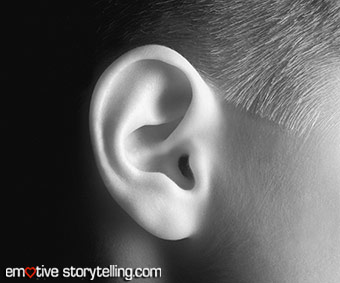 He can only hear his story: He found her in bed with another man when he returned from an important mission. She can only hear her story: She’s tired of being his second wife – the military is his first.
He can only hear his story: He found her in bed with another man when he returned from an important mission. She can only hear her story: She’s tired of being his second wife – the military is his first.
They’ve got four kids. And along with their wedding vows, they promised each other an ugly divorce – if it came to that.
Each thinks the other is the villain. But they’re about to learn the name of the real enemy.
As a last effort, they enroll in a save-your-damned-marriage class. The instructor skips the long preliminaries and gets to the point. They hate it, but they do the RISE exercise: Relax. Imagine. Smile. Empathize. It’s a compassionate-communication day.
Sitting in separate chairs, they face each other. Knees not touching. They try to relax and take deep breaths. They try to imagine a scene in which the best conversation occurs. They try to smile back at the other person in the daydream. They try to empathize with the other’s issues. Eventually, their trying turns into succeeding.
Then one person talks — for only 30 seconds. The other person listens. They keep repeating the simple refrain: Breath. Listen. Talk. Progress is slow. But they’re both tough. And smart. So finally they realize that they have a common enemy: Apathy and its insidious cohort Non-listening. Eventually, husband and wife go to war together. And in their life story, they become heroes who overcome their arch villain.
What just happened here? In about 200 words, we gave you a challenge, a crisis and a resolution. But we also made a point: Storytellers need storylisteners. Ernest Kurtz and Katherine Ketcham talk about it in their book, Spirituality of Imperfection. And for decades, Marshall Rosenberg has been talking about Non-violent Communication, also known as Compassionate Communication. Authors Andrew Newberg and Mark Waldman give it a chapter in their book, How God Changes Your Brain.
We summarized and synthesized concepts to give you a story – and maybe a solution, too. Here’s what we mean. Stories are important because they inspire a call for listening. They help us to attend. As the philosopher Hans Georg Gadamer observed: “Hearing implies already belonging together in such a manner that one is claimed by what is being said.” We believe that emotive storytelling creates the inspiration for listening. Hearers get to know “the truth” about the tellers. Truth creates the opening for relationship.










No comments yet.